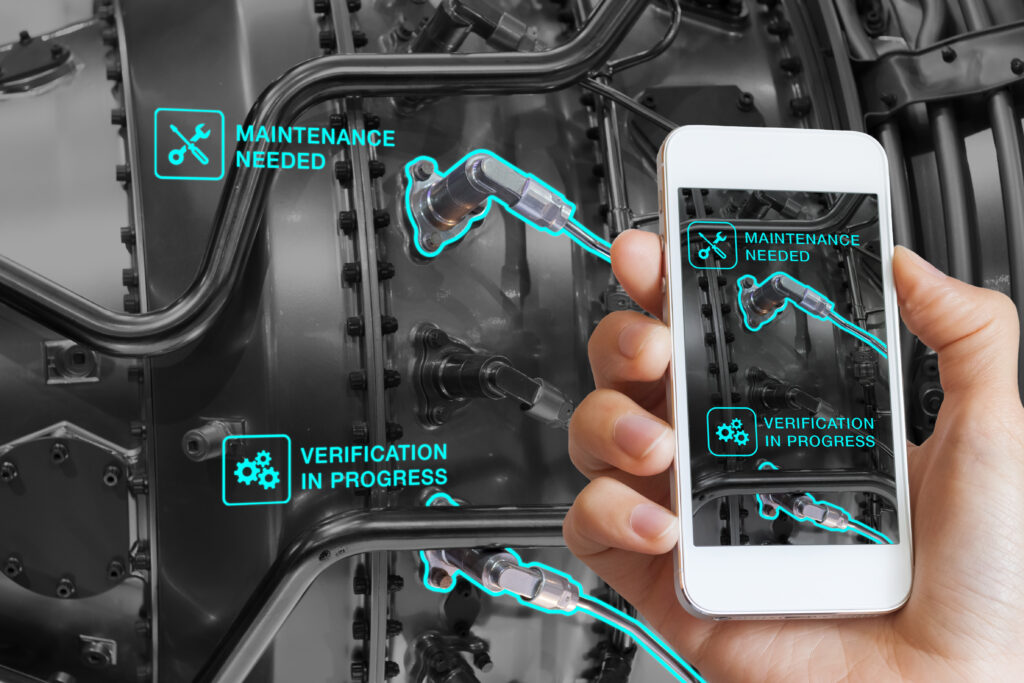
Maximizing asset performance with a CMMS
Asset management is a crucial aspect of any business that relies on physical assets, such as equipment, machinery, or facilities, to operate.
April 10, 2023 | By .
 Photo: NicoElNino / Adobe Stock
Photo: NicoElNino / Adobe Stock 
Photo: NicoElNino / Adobe Stock
Without proper asset management, companies risk downtime, equipment failures, and other costly problems that can impact their bottom line. To achieve optimal performance of your assets, it is important to implement a comprehensive asset management strategy that encompasses all aspects of your assets’ life cycle, from acquisition to disposal.
This strategy should include:
Asset tracking and inventory management
Keeping track of all your assets, their location, and their condition is crucial to ensuring their optimal performance. This information can be used to schedule maintenance, repairs, and replacements, and to make informed decisions about when to retire or upgrade an asset.
Preventive maintenance (PM)
Regular PM is essential to keep your assets running smoothly and minimize downtime. This involves scheduling regular inspections, lubrication, cleaning, and repairs to prevent breakdowns and extend the life of your equipment.
Predictive maintenance (PdM)
In addition to PM, PdM uses data analysis and other technologies to predict when equipment is likely to fail and take corrective action before a breakdown occurs. This can help companies avoid costly downtime and extend the life of their assets.
Performance monitoring
Monitoring the performance of your assets can help you identify trends and areas for improvement. This can include tracking KPIs, such as uptime, MTBF, and MTTR.
Asset disposal
When an asset reaches the end of its useful life, it is important to dispose of it properly to minimize environmental impact and ensure compliance with regulations. This can involve selling, recycling, or disposing of the asset in an environmentally responsible manner.
CMMS and EAM software are critical tools in implementing a successful asset management strategy. These software solutions can help organizations manage their assets more effectively and efficiently by automating many of the manual processes involved in asset management. CMMS is designed to automate and streamline maintenance management activities. It typically includes features for work order management, PM scheduling, asset tracking, inventory management, and reporting. These features can help organizations track their assets’ maintenance history, schedule maintenance activities,
and ensure that maintenance is performed on time and according to industry standards.
EAM software, on the other hand, provides a more comprehensive solution that not only includes maintenance management but also asset performance monitoring, risk management, and financial planning. EAM software can integrate data from various sources, such as CMMS, SCADA systems, and sensors, to provide a more holistic view of an organization’s assets. EAM software can help organizations optimize asset utilization, reduce downtime, and extend asset life by providing actionable insights into asset performance.
In addition to CMMS and EAM software, other tools and technologies can also be used to support asset management strategies. For example, sensors and IoT devices can be used to monitor asset performance in real-time and predict when maintenance or repairs may be required. AI and machine learning algorithms can be used to analyze data from sensors and other sources to identify trends and patterns that may be indicative of potential asset failures.
Implementing a successful asset management strategy requires careful planning, investment in the right tools and technologies, and a commitment to ongoing improvement. By leveraging the power of CMMS, EAM software, and other tools and technologies, organizations can improve asset performance, reduce downtime, and ultimately drive greater business success.
It is also important to have a trained and knowledgeable team to manage your assets with the technology provided. This may involve hiring a dedicated CMMS administrator or providing training to existing staff, to ensure they have the skills and expertise needed to manage your assets effectively.
Ultimately, achieving optimal performance of your assets requires a comprehensive approach that encompasses all aspects of asset management, from acquisition to disposal. By implementing a robust asset management strategy, leveraging technology and data analysis, and investing in your team, you can ensure your assets are running at peak performance and contributing to the success of your business.
________________________
Article provided by TMA Systems.
